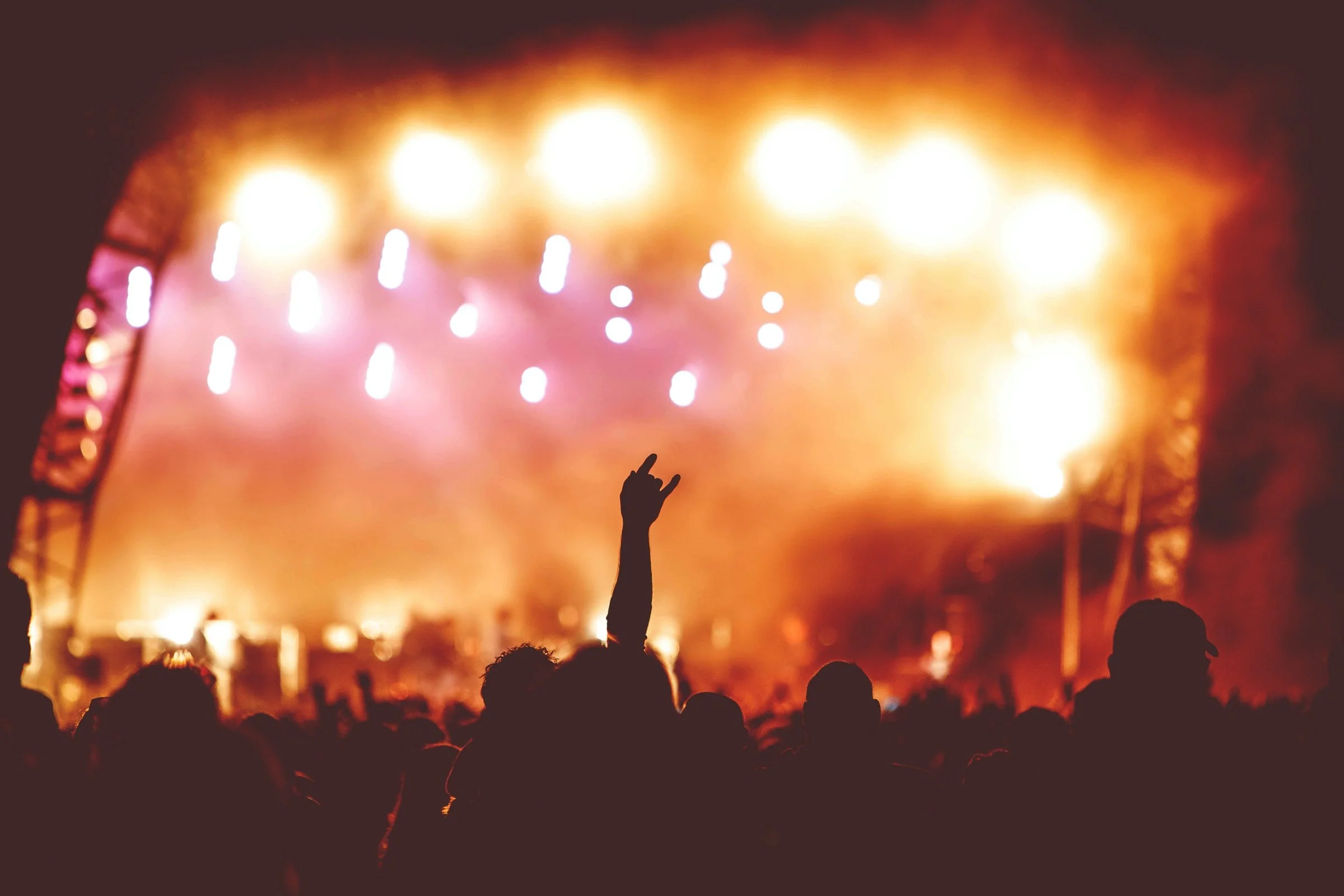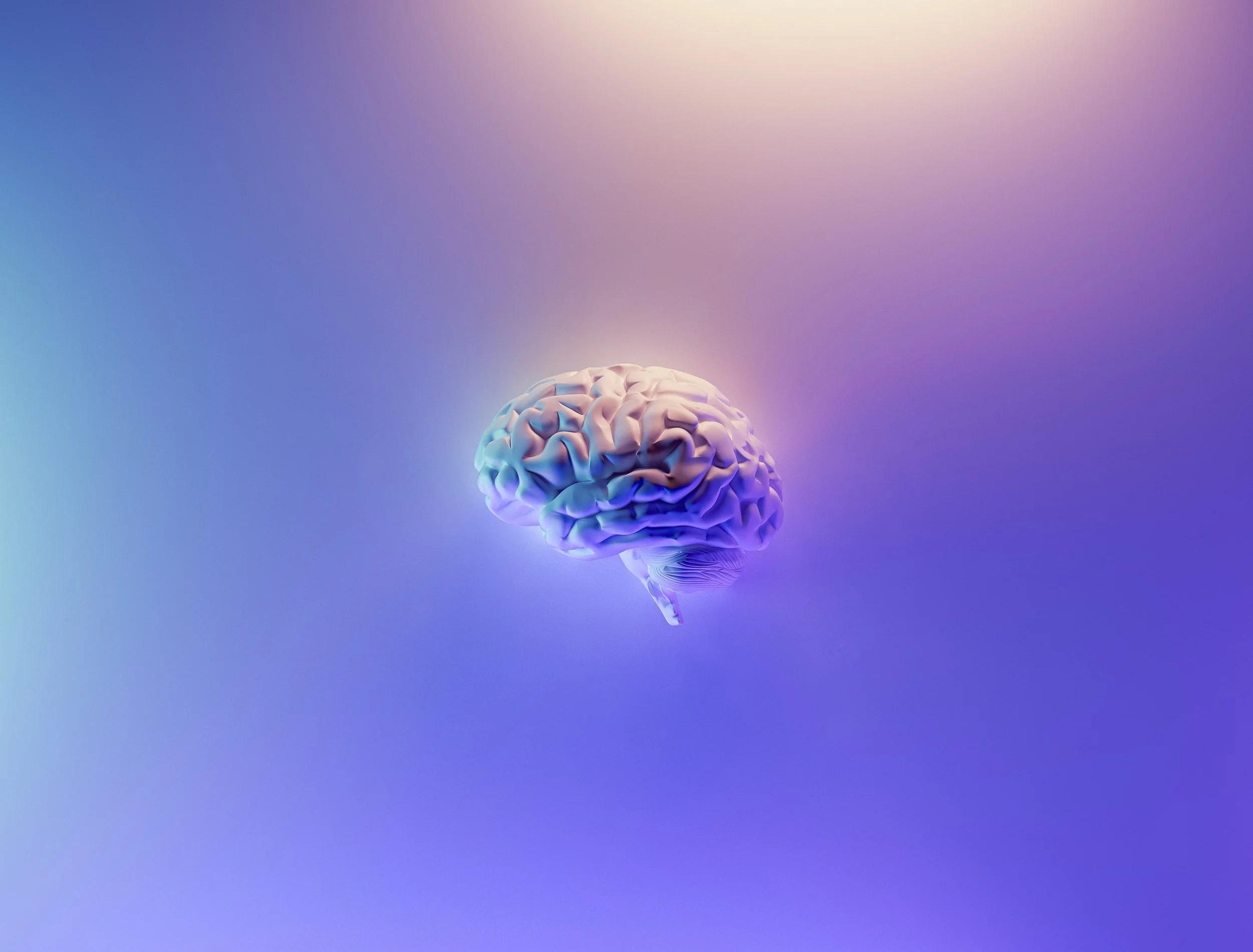The Psychology of Color & Branding

Psychology of Color by Robert Katzki on Unsplash
Color is fundamental to your perception of the world around you. Your brain processes and interprets the visual signals that come from your eyes, allowing you to distinguish different colors and assign meaning to them. But have you ever wondered what exactly happens in your brain when you see color? How do different colors affect your emotions and behavior? In this article, we will explore the neuroscience of color and some of the fascinating research that has been conducted on this topic.
At the most basic level, color perception involves the processing of light by your eyes. When light enters your eyes, it is absorbed by special cells called photoreceptors in your retina. There are two types of photoreceptors: rods, which are sensitive to light and dark, and cones, which are sensitive to color. Cones are further divided into three types, each of which responds to a different range of wavelengths of light: short-wavelength (blue), medium-wavelength (green), and long-wavelength (red).
The signals from these photoreceptors are then sent to your brain via the optic nerve, which relays information to the visual cortex in your occipital lobe. The visual cortex is responsible for processing and interpreting visual information, including color perception. Specifically, different regions of the visual cortex are activated when you see different colors, and these regions are interconnected in a complex network that allows you to recognize and make sense of the colors you see.
One of the most interesting findings in the neuroscience of color is that different colors can have a significant impact on your emotions and behavior. For example, warm colors like red, orange, and yellow are associated with feelings of excitement, energy, and warmth, while cool colors like blue, green, and purple are associated with calmness, tranquility, and relaxation.
Moreover, some colors have been shown to have specific effects on your mood and behavior. For example, green has been found to have a calming effect on the brain, reducing stress and anxiety. Blue, on the other hand, has been shown to increase productivity and focus, making it a popular choice for office spaces and study environments. Red, meanwhile, is often associated with passion and intensity, and has been shown to increase heart rate and arousal in the brain.
Interestingly, the effects of color on mood and behavior can vary depending on individual differences and cultural context. For example, in Western cultures, black is often associated with mourning and sadness, while in some Eastern cultures, it is associated with power and elegance. Similarly, white is often associated with purity and innocence in Western cultures, while in some Eastern cultures, it is associated with death and mourning.
Another area of research in the neuroscience of color has focused on the role of color in memory and cognition. Studies have shown that color can have a significant impact on your ability to remember and process information. For example, you are more likely to remember information presented in color than in black and white. Moreover, color can be used strategically to enhance memory and learning. For example, highlighting important information in color can help to make it more salient and memorable.
Finally, the neuroscience of color has important implications for a wide range of fields, from design and marketing to health and wellbeing. For example, color is often used in branding and advertising to create a particular mood or emotion, and to make products more memorable and appealing to consumers. In healthcare settings, color can be used to create a calming and supportive environment for patients, reducing stress and anxiety and promoting healing.
Ultimately, the neuroscience of color is a fascinating and rapidly evolving field that has shed new light on the complex interplay between your brain and the world around you. From the basic processing of light in your eyes to the complex network of regions in your visual cortex, color perception involves a complex and dynamic interplay of processes that shape your perception
What’s Next?
The neuroscience of color has important implications for a wide range of fields, from design and marketing to health and wellbeing.
LeBron James' breaking of Kareem's record and the following interpretations illustrate the complex interplay between sports statistics and the psychology of statistics.
Memory is your brain’s attempt at connecting you to the past. Learn how memory can improve marketing!
This article will cover what the two consumer behavior motivations that marketers must know.
Learn a simply yet effective marketing strategy as it relates to system 1 & the law of least mental effort.
Moms know a thing or two about the psychology of guilt
Uncover the connection between the neuroscience of memory and emotion and learn how marketing can use it as a memory-booster.
Your brain is a relentless pattern-seeking machine. And these patterns affect consumer behavior in fascinating ways for marketers to note.
Since the brain has declared vision as the VIP amongst senses, you’ll never go wrong by finding more ways to be visual in your marketing.
Everything in marketing comes down to the brain, yet marketers don’t study brains.
The carrot needs to be dangling continuously.
Which of the following hits you harder: losing something or gaining something?
What if I were to tell you that you and everyone else you know is blind AND are entirely unaware of the blindness?
Attention is currency. Attention is a business model. But what is attention, really?
Find out the 3 crucial influences of a company revealing the gender pay gap on consumer behavior.
In 2003, everything changed with “1000 songs in your pocket”.
Find out why smell is to memories what a summary is to books.
What’s the best marketing strategy to make consumers more sustainable?
Can fashion be inclusive? Is fashion truly diverse?
How does the visual salience of credit card features affect consumer decision-making?
The habit of eating the same food for breakfast is pretty common. Why?
Associations are so deeply ingrained in us that we’ve devised “relationships” with definite expiration dates.
The constant chase of happiness in travel has a name. And we’ve been walking over it since.
Why do marketers project personal preferences onto consumers?
Could technology and virtual crowds be one of the NBA's most important plays?
Find out why minimalism is a life-long journey, not a destination.
Why are we so curious about fashion outfits we’ll never wear?
Customers become territorial as they “claim” spaces to work. How and why does this happen?
References
A. Barasch, G. Zauberman, and K. Diehl, “Capturing or Changing the Way We (Never) Were? How Taking Pictures Affects Experiences and Memories of Experiences,” Europe- an Advances in Consumer Research 10 (2013): 294.

































Dive into the fascinating intersection of psychology and marketing and how to use psychological biases in marketing strategy.